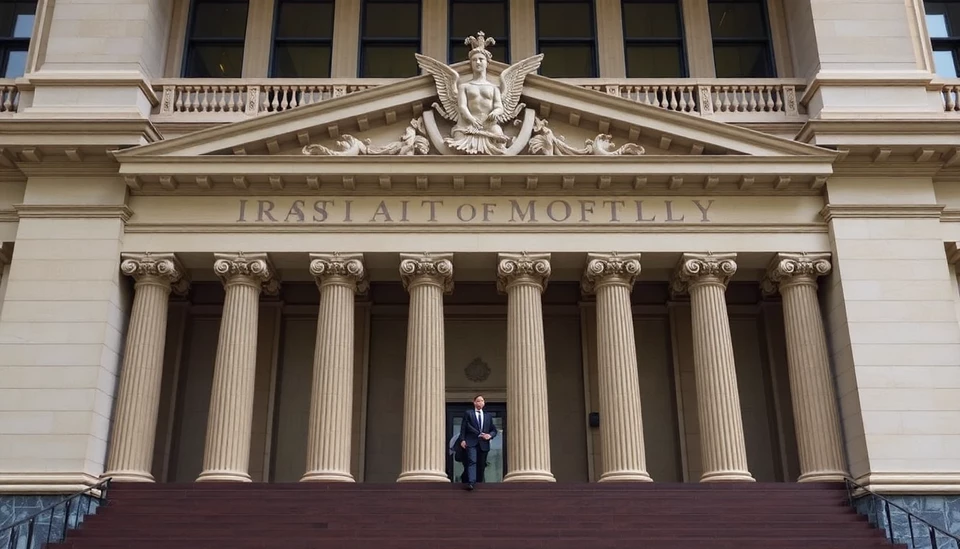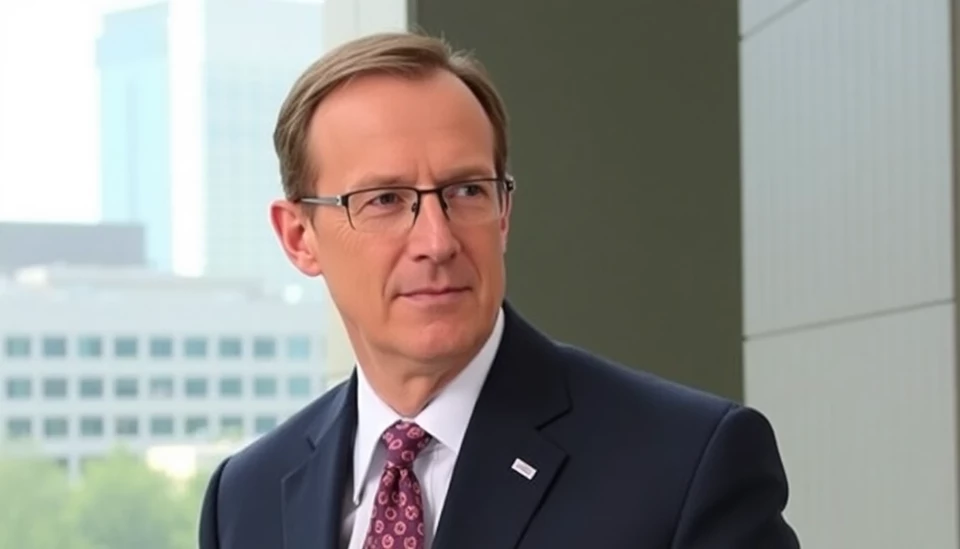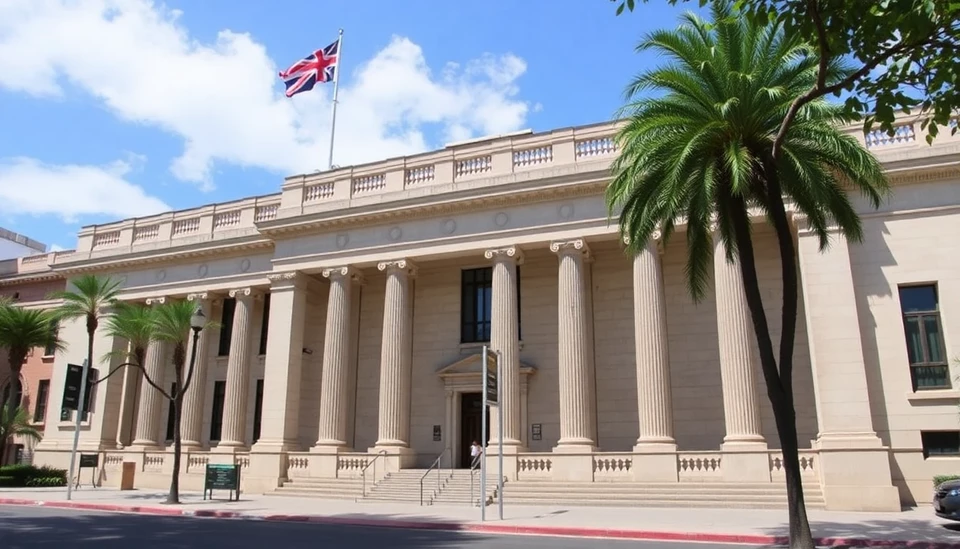
The Reserve Bank of Australia (RBA) has signaled its cautious positioning regarding market expectations for future interest rate cuts. Despite the financial markets displaying a growing belief that the RBA will lower rates in the coming periods, the central bank remains skeptical about this trajectory. This divergence has raised particular interest among economists and market analysts alike, as it reflects ongoing complexities in Australia's economic landscape.
Chiefly, RBA officials have reiterated their existing monetary policy stance, stating that they will persist in their current approach until there is substantial evidence indicating that inflation will return to its target range. This insistence has created a notable contrast with market assessments suggesting imminent rate reductions due to economic pressures such as slowing growth and easing inflationary trends.
The central bank's apprehension stems from numerous factors, including household consumption trends and ongoing inflation figures. Data released earlier highlighted that while inflation has shown signs of cooling, it has not consistently aligned with the RBA’s target. Consequently, they caution against interpreting current economic data too optimistically.
RBA Governor Philip Lowe emphasized this sentiment, noting that the bank would take a data-driven approach moving forward. He also expressed concern that markets may be rapidly adjusting their expectations without fully considering the broader economic indicators that the RBA monitors closely.
Market participants, however, are betting on a rate cut as early as mid-2025, which indicates a disconnect between the RBA's outlook and the financial market’s expectations. This growing disparity raises questions not just for investors but also for policymakers about the future of Australia's monetary policy and its capacity to respond effectively to economic signals.
Commentators have pointed out that this situation requires a careful balancing act. While some economists advocate for preemptive rate cuts to stimulate growth, others caution that premature adjustments could undermine the RBA's inflation control capabilities. The tightening labor market and persistent wage growth are noteworthy components that the RBA will monitor as they navigate this tension.
In conclusion, while the financial markets surge ahead with optimistic projections of impending cuts, the RBA emphasizes a more measured approach rooted in comprehensive economic analysis. This unfolding scenario will be critical to observe as it may significantly influence Australia's economic trajectory in the near future.
#RBA #Australia #InterestRates #MonetaryPolicy #Inflation #Economics
Author: Rachel Greene




